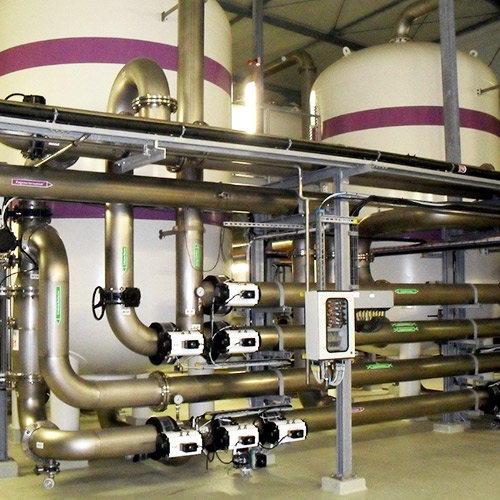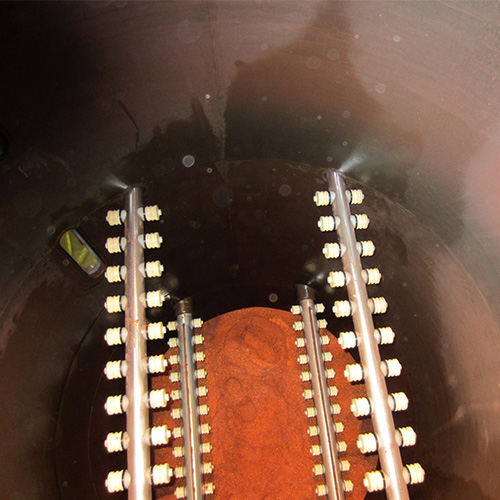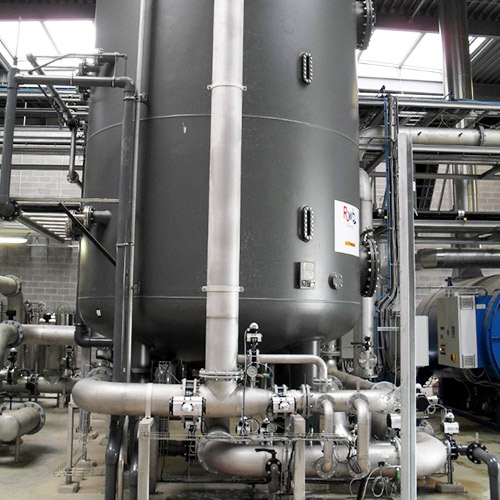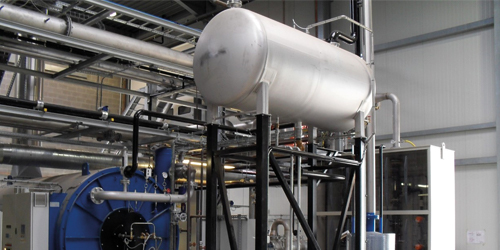Ion exchange is a wide-spread technique for the removal of dissolved substances from water.
The technology is robust and suitable for all kinds of application, from the removal of heavy metals from wastewater to the production of ultra-pure water.
The term ion exchange is used because dissolved substances, ions, are removed from the water, with different ions being introduced into the water. With a clever ion exchange solution, water quality aligned to the requirements can be produced.
Ion exchange takes place in an ion exchanger. Ion exchange has the following characteristics:
Applications:

Operation ion exchange
Ion exchange resin is the essential ingredient for this technology. These are plastic balls with a diameter between 0.5 and 1 millimetre. The balls are porous and insoluble, and they contain chemical bonds to which the exchanged ions can attach.
The resin is usually located in a flow-through vessel, also known as an ion exchanger. Ions are taken up from the water flowing through, and the counter ions are discharged into the water. By applying different resins in sequence or mixed together, both positive and negative ions are taken up and exchanged. By using different resins, a preference for specific ions can be achieved.
The resin becomes saturated with the absorbed ions. By rinsing the saturated resin with diluted chemicals, the resin again becomes active. These chemicals are usually inexpensive bulk chemicals such as caustic soda and hydrochloric acid.
Ion exchange is thus a batch process. For the design of an installation, this is taken into account, so that continuous production can be guaranteed.
Experience RWB
RWB has extensive knowledge of and experience with the application of ion exchange and ion exchangers, from small wastewater polishing units to installations that deliver hundreds of cubic metres of very pure water per hour, designed and realized completely in house. In addition, we advise on and service installations in markets such as energy production, food & beverage, medical/semiconductor, oil & gas, electroplating.

Realized projects
More information about ion exchange?
Feel free to contact us via the number below or use the contact form.




